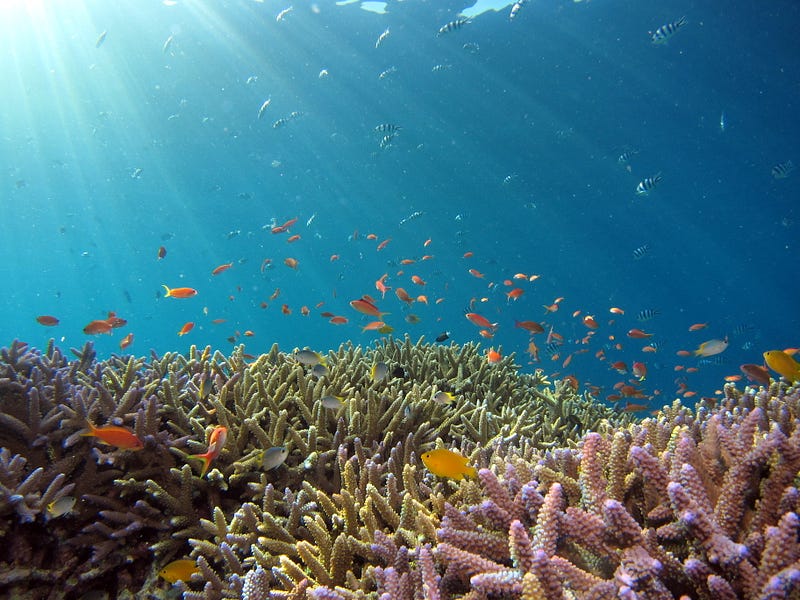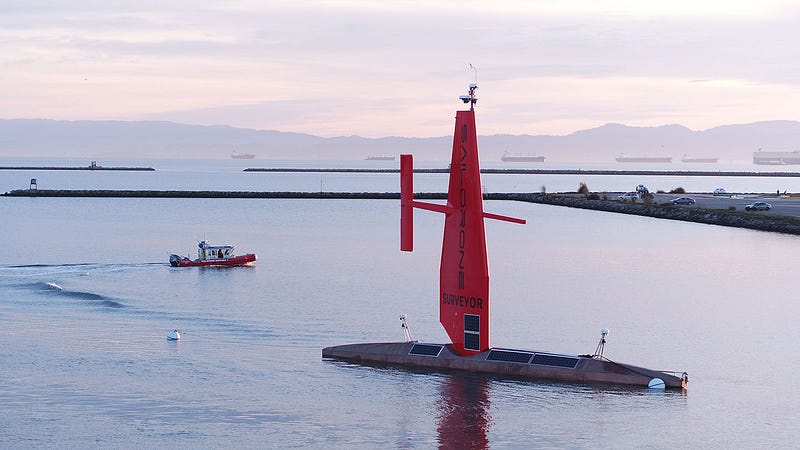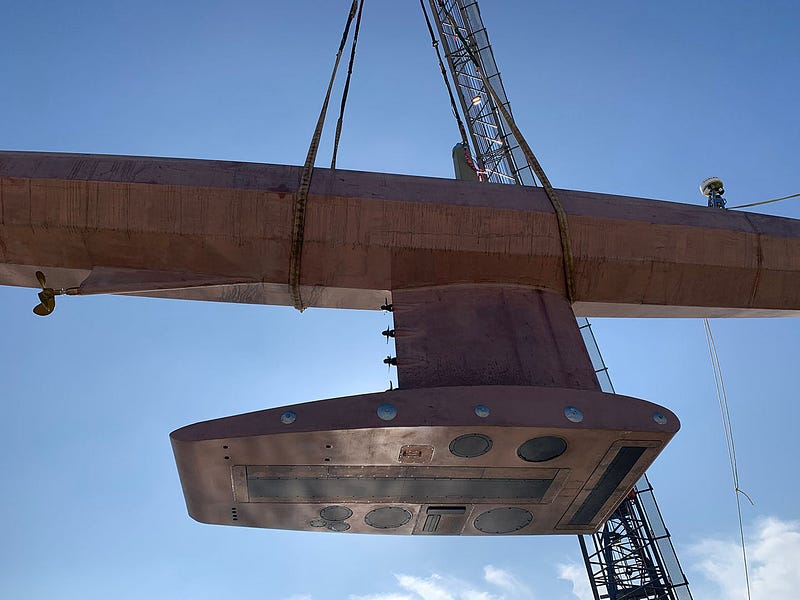Innovative Solutions to Combat Climate Change: The Role of Saildrone
Written on
Chapter 1: Understanding the Ocean's Role in Climate Change
To effectively address the dire consequences of climate change, humanity must adopt innovative solutions. A critical first step in this process is understanding how our extensive reliance on fossil fuels and pollution is impacting the planet. While satellites and weather stations offer insights into atmospheric changes, the complexities of ocean dynamics present a greater challenge. This is where Saildrone, an autonomous sailing vessel, enters the scene, potentially unlocking vital information about our oceans. But can this technology play a significant role in preventing a climate crisis?
Before diving into the capabilities of Saildrone, it's essential to recognize the importance of ocean data in our fight against climate change. Although this topic could fill volumes, a few key points stand out for their profound implications.
Firstly, let's discuss ocean acidification. When carbon dioxide enters the ocean, it forms carbonic acid, which increases the acidity of sea water. This change poses a threat to marine life that relies on calcium carbonate for their shells and structures, such as corals, mussels, and even certain plankton species. If ocean acidity continues to rise, it could lead to the collapse of entire ecosystems.

Similarly, ocean currents are at risk. The melting polar ice alters salinity levels, which decreases the density of cold waters, causing them to float instead of sink. This shift can disrupt vital currents that bring nutrient-rich waters to the surface. If these currents diminish or cease, it could trigger a catastrophic failure of ocean ecosystems.
Many might assume that these changes only affect communities that depend on seafood, but the ramifications extend far beyond that. The ocean is the planet's largest oxygen producer and carbon sink. A decline in ocean productivity would lead to reduced oxygen levels and carbon storage, effectively shutting down Earth's life support systems. The result would be an exacerbation of climate change driven by human activities.
Additionally, ocean currents play a crucial role in regulating weather patterns. For instance, the Gulf Stream warms the waters around Britain, preventing severe winter temperatures. Disruptions to these currents could lead to more extreme, unpredictable, and potentially lethal weather events for both humans and wildlife.

To address these challenges, a comprehensive understanding of ocean temperature, salinity, acidity, and nutrient levels is essential. But how do we obtain this critical information?
Historically, we relied on large research vessels to conduct ocean studies. These ships, which can cost upwards of $30,000 daily to operate, have a significant carbon footprint and can only embark on short missions due to refueling needs. Their ecological impact and high operational costs limit their ability to provide a complete picture of ocean conditions.
Enter Saildrone.

This unique 23-foot sailboat is powered entirely by wind and solar energy, allowing for full autonomy. Equipped with advanced satellite technology, Saildrone can be controlled remotely, enabling data collection from virtually any location on Earth. Furthermore, it can carry a wide range of sensors to gather extensive marine data.

With a significantly reduced carbon footprint compared to traditional research vessels, Saildrone operates at an astonishingly low cost of $2,500 per day and can remain at sea for extended periods without needing to refuel. This eco-friendly approach allows for more comprehensive data collection, which can be utilized to better understand how our planet is coping with climate change.
What does this mean in practice?
Governments can gain clearer insights into the state of our oceans, enabling necessary adjustments to mitigate climate risks. This information is not only vital on a global scale but is also essential for localized concerns, such as the UK's interaction with the Gulf Stream. By identifying and safeguarding keystone ecosystems, we can help maintain the health of our oceans.

Moreover, the accuracy of weather predictions is set to improve dramatically. While it may currently assist in better trip planning, in the future, it could mean the difference between life and death. Real-time ocean data will enhance our ability to forecast severe weather events like hurricanes and droughts, especially as the climate becomes increasingly erratic. In this way, Saildrone could serve as a crucial early warning system.
Can Saildrone single-handedly prevent a climate disaster? No, but it offers a more detailed understanding of the world's oceans without incurring exorbitant costs or additional pollution. The critical factor lies in how we utilize this data. The most sophisticated science cannot avert disaster if we do not heed its findings. Therefore, while Saildrone has the potential to aid in saving our planet, the responsibility ultimately rests with us—individuals and leaders alike—to take decisive action.
Chapter 2: Real-World Challenges on the Sea
The first video, "SAILING DISASTER | HELPLESS & ALONE AT SEA | 9 days of hell on boat," showcases the terrifying realities of being stranded at sea and the challenges faced by sailors in dire situations.
The second video, "Atlantic crossing DISASTER! (Ep 270)," highlights the obstacles encountered during an Atlantic crossing, emphasizing the unpredictability and dangers of the ocean.